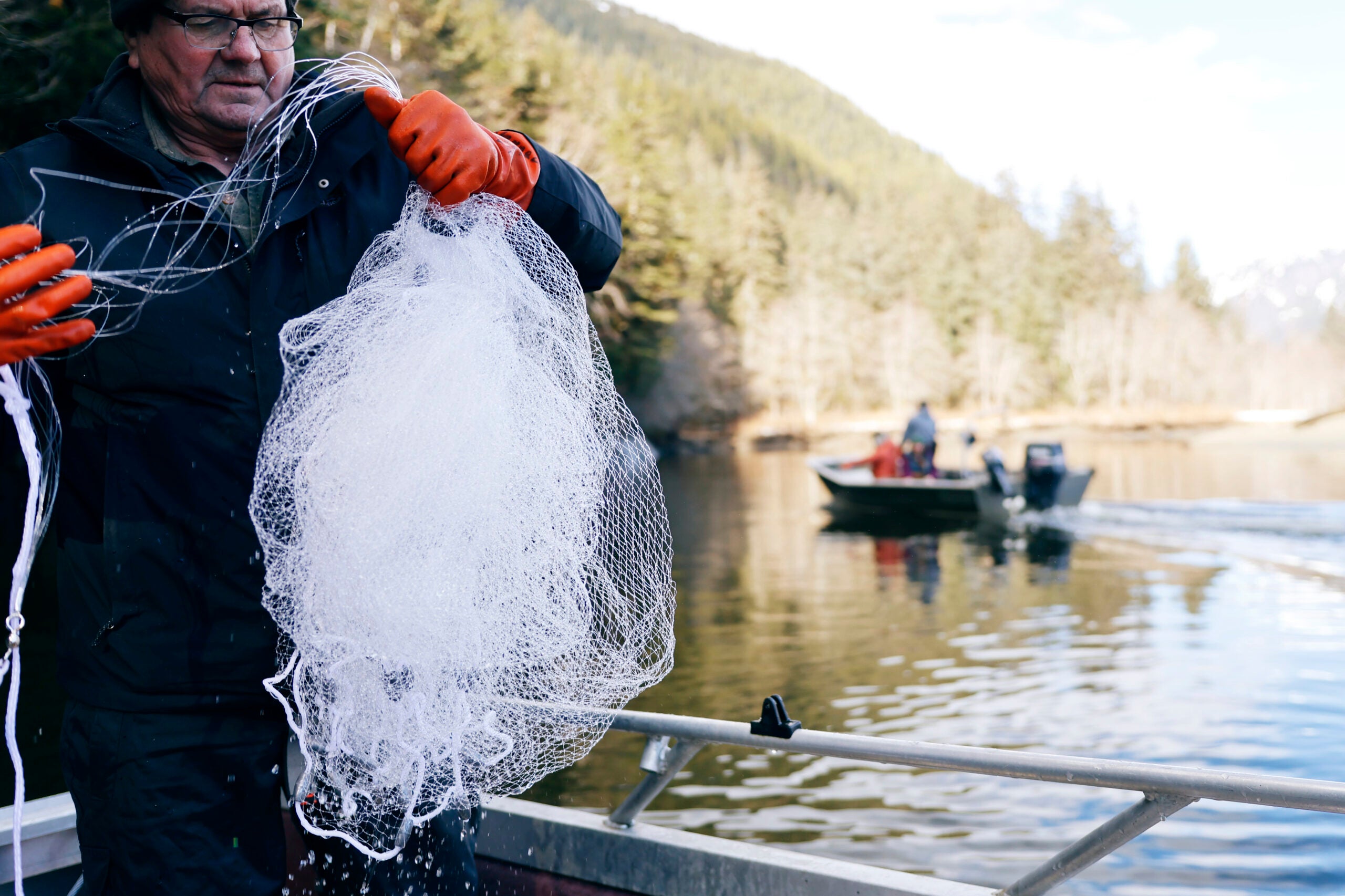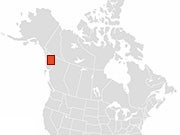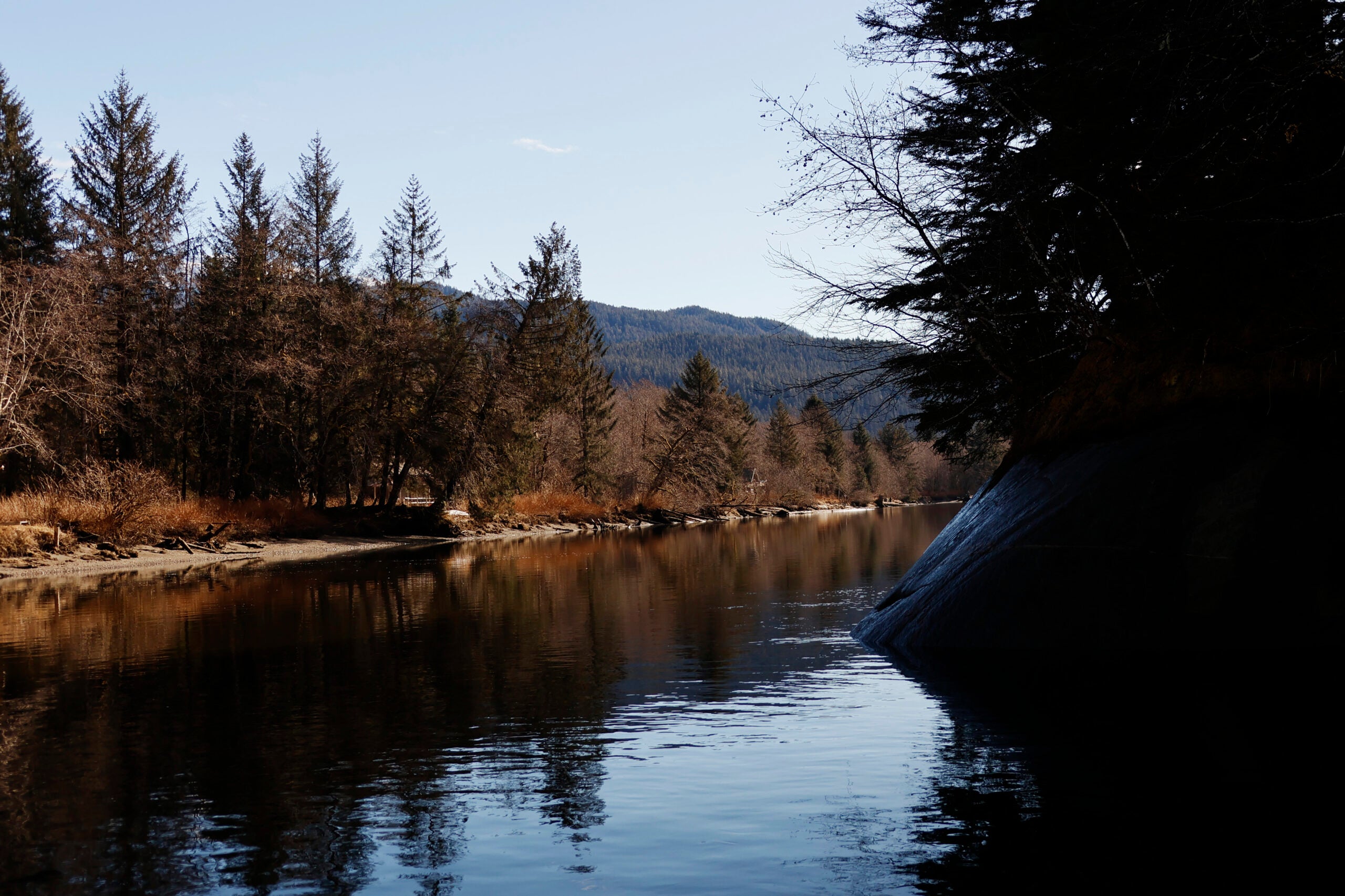October 22, 2024
Timeline of SEITC Actions on British Columbia Mines
The Southeast Alaska Indigenous Transboundary Commission (SEITC) — Alaska Tribes rooted along Canada’s transboundary rivers — assert their rights in the face of large-scale mining development.

The transboundary watersheds of the Taku, Stikine, and Unuk rivers represent some of the planet’s last remaining salmon rivers and climate refuges, serving as wildlife corridors and encompassing a dozen ecological niches from the marine waters to the alpine.
The traditional caretakers of these rivers are the Tlingit, Haida, and Tsimshian clans who were forced by European colonization into Southeast Alaska, where they live today.

As dozens of mining companies seek permission from the government of British Columbia (BC) to develop some of the world’s largest gold mines in the headwaters of Southeast Alaska’s transboundary rivers, the Canadian government has denied the sovereign rights of the Southeast Alaska Tribes living downstream.
The mines would generate acid-producing and toxic waste products, posing the threat of polluting downstream waters with highly toxic heavy metals.
Canada has an obligation under international law to prevent activities by companies within its jurisdiction from violating human rights and causing transboundary environmental damage.
Following is a timeline of selected events in this fight.
2020
Earthjustice submits a human rights petition on behalf of SEITC and its member Tribes to the Inter-American Commission on Human Rights.
2021
The Supreme Court of Canada’s decision in R v. Desautel affirms that Indigenous people who are not Canadian citizens and who do not live in Canada can have constitutionally protected rights in the country if they belong to groups that are modern-day successors of ones that once occupied territory there.

2024
SEITC submits evidence to BC’s Environmental Assessment Office affirming the Tribes’ historic presence along the Unuk River, including in Canada, in support of their request for full consultation on the Eskay Creek Mine.
2024
Earthjustice submits a brief on behalf of SEITC to the Inter-American Commission and requests a hearing on their claims, among other reliefs.
2024
BC Environmental Assessment Office sends SEITC a letter saying their rights will be “distinct” and “differentiated” from those of First Nations in BC.
SEITC posts a joint public statement with Lummi Nation in Washington, which is also seeking consultation from Canada.
2024
Canada’s Ministry of Land, Water and Resource Stewardship issues an order denying SEITC member Tribes consultation status as a Participating Indigenous Nation under the Environment and Land Use Act.
2024
Earthjustice, on behalf of SEITC, submits a request to the Inter-American Commission for precautionary measures to force Canada to pause the Eskay Creek Mine approval process until their case is heard.
2024
BC’s Environmental Assessment Office begins collecting public comments on Skeena Resources’ application to re-open the Eskay Creek Mine just 40 miles upstream from the Alaska border in the Unuk River watershed.

Opened in 1978, our Alaska regional office works to safeguard public lands, waters, and wildlife from destructive oil and gas drilling, mining, and logging, and to protect the region's marine and coastal ecosystems.
The International Program partners with organizations and communities around the world to establish, strengthen, and enforce national and international legal protections for the environment and public health.
We fight to ensure our tribal and Indigenous clients’ natural and cultural resources are protected for future generations.